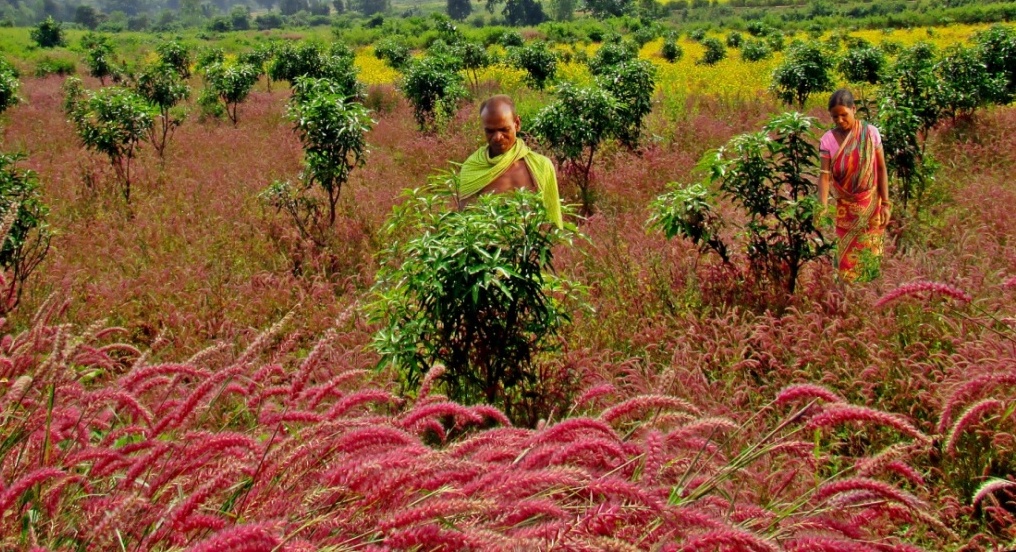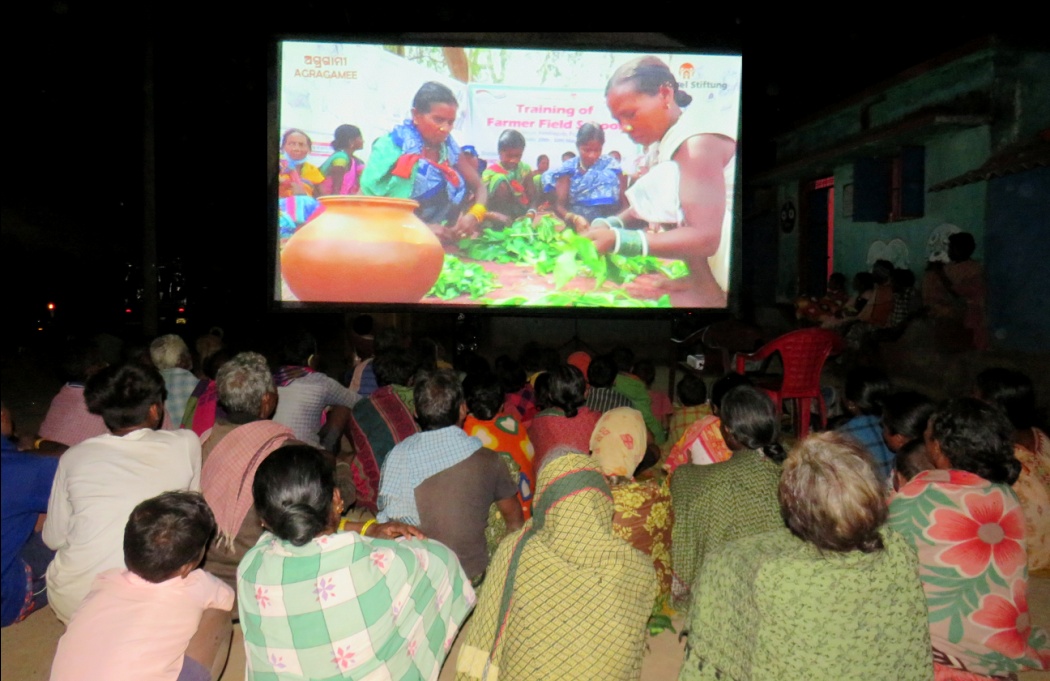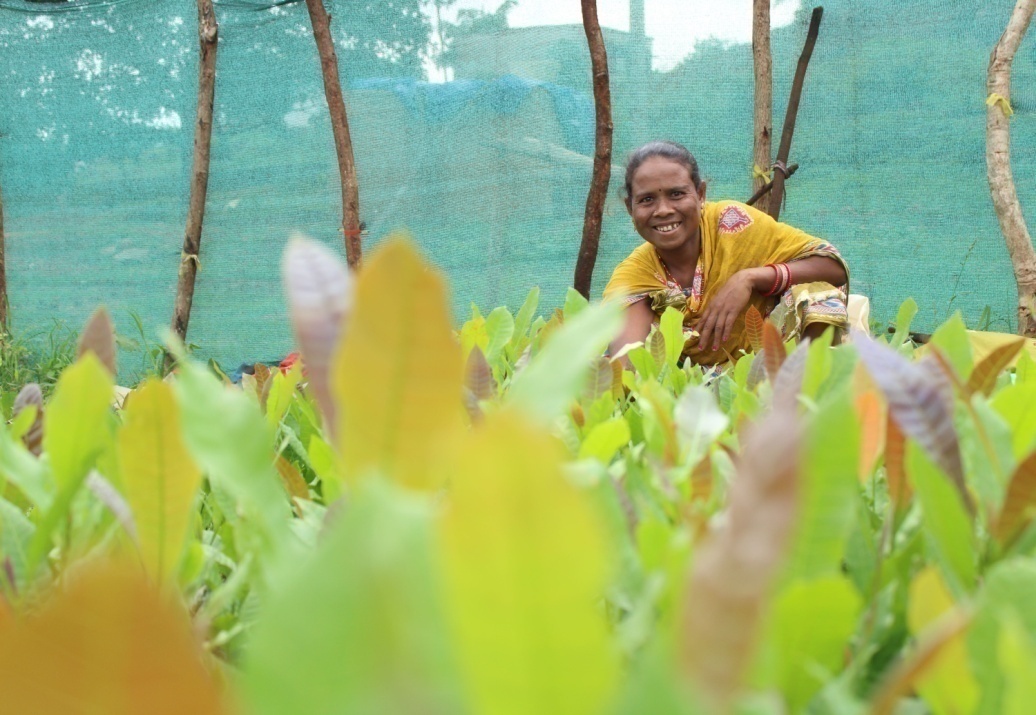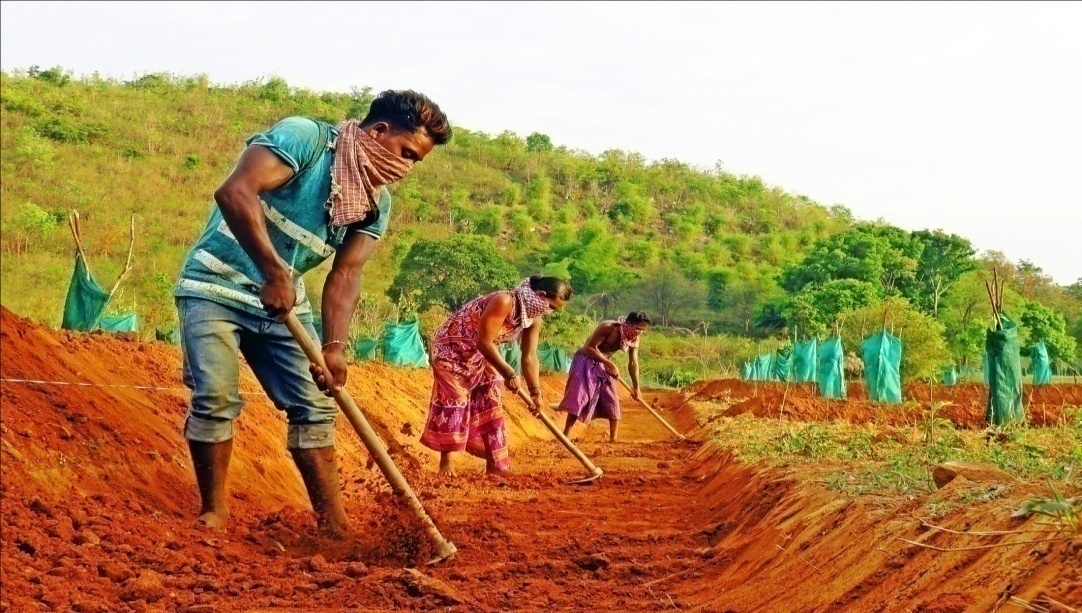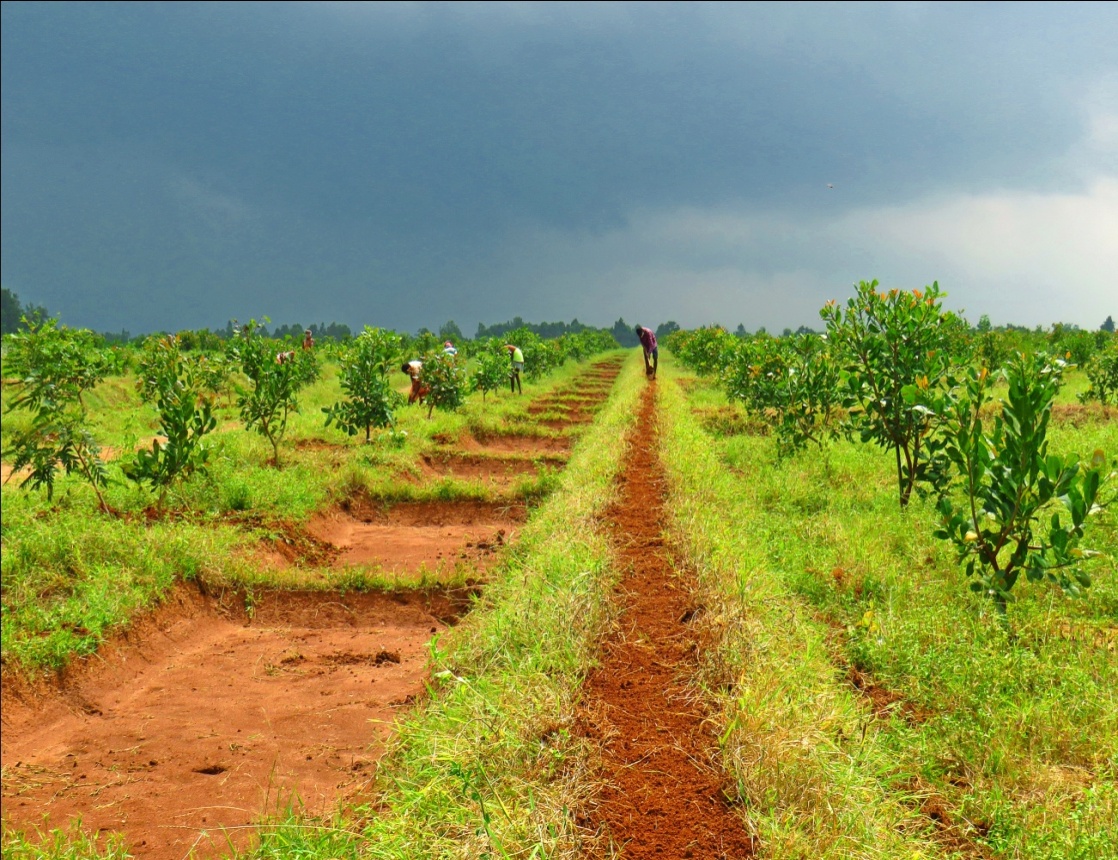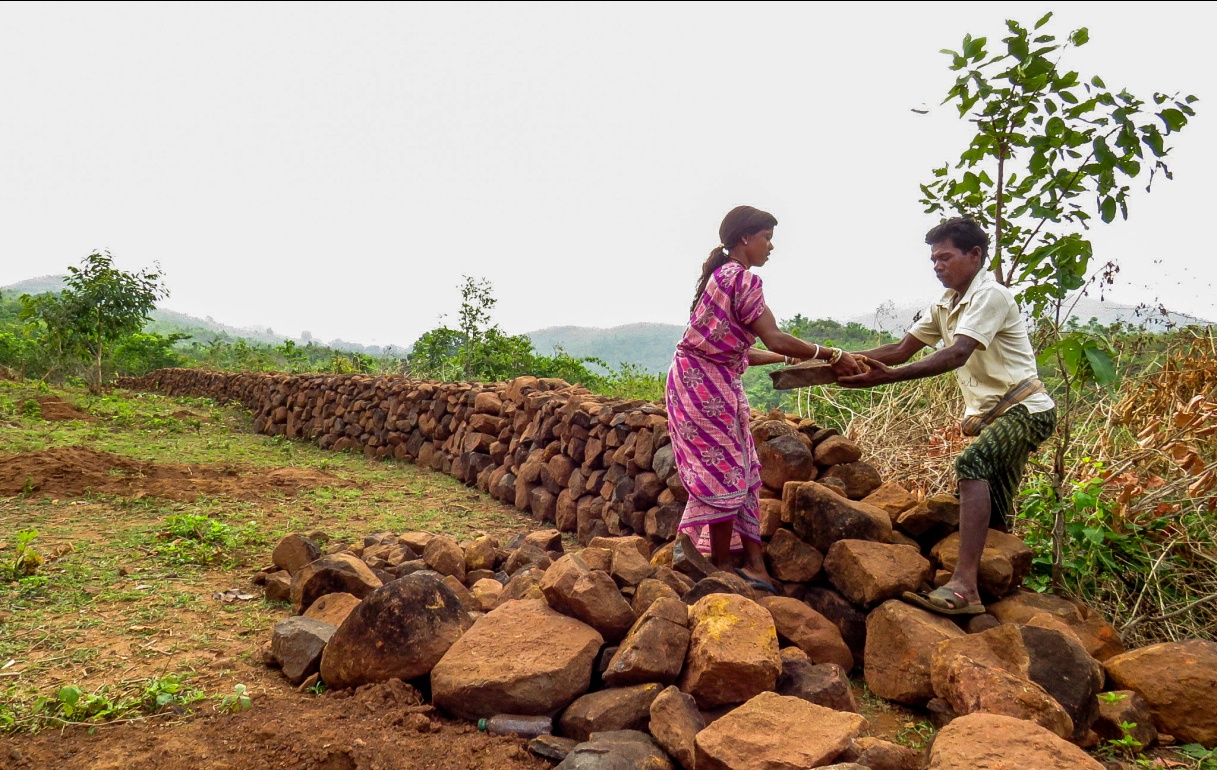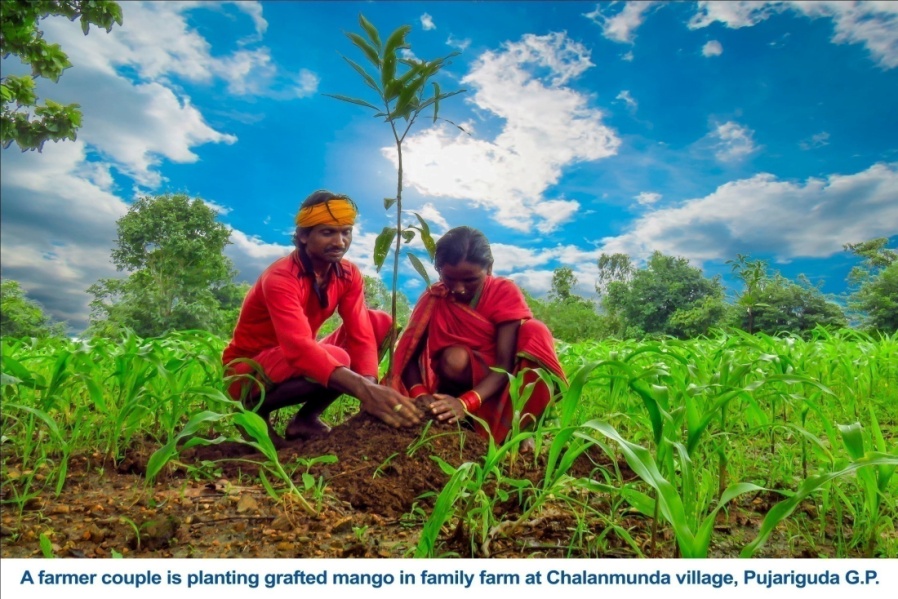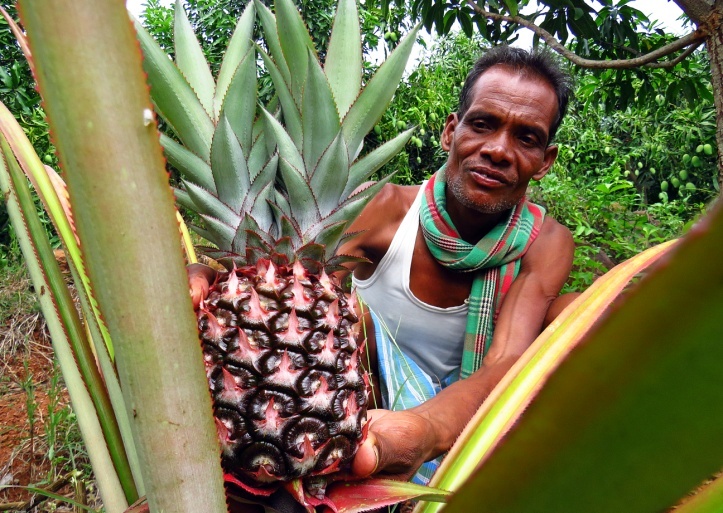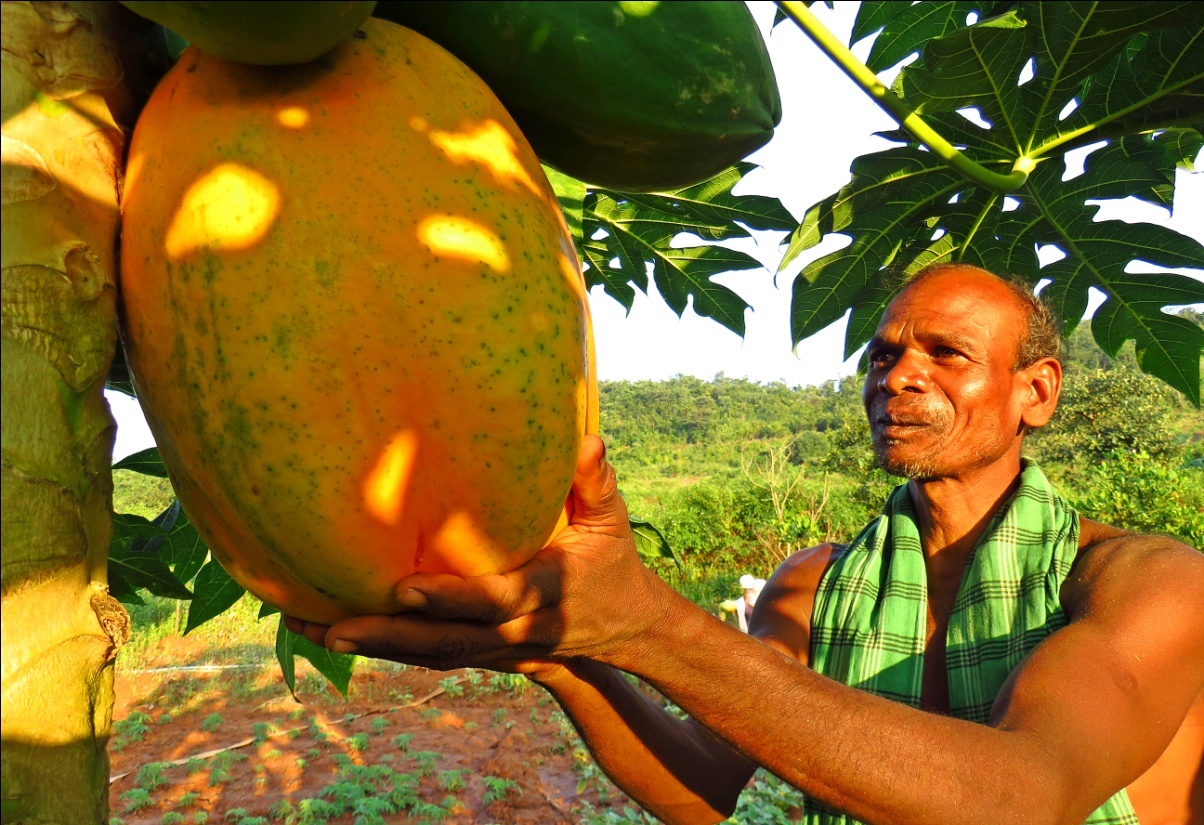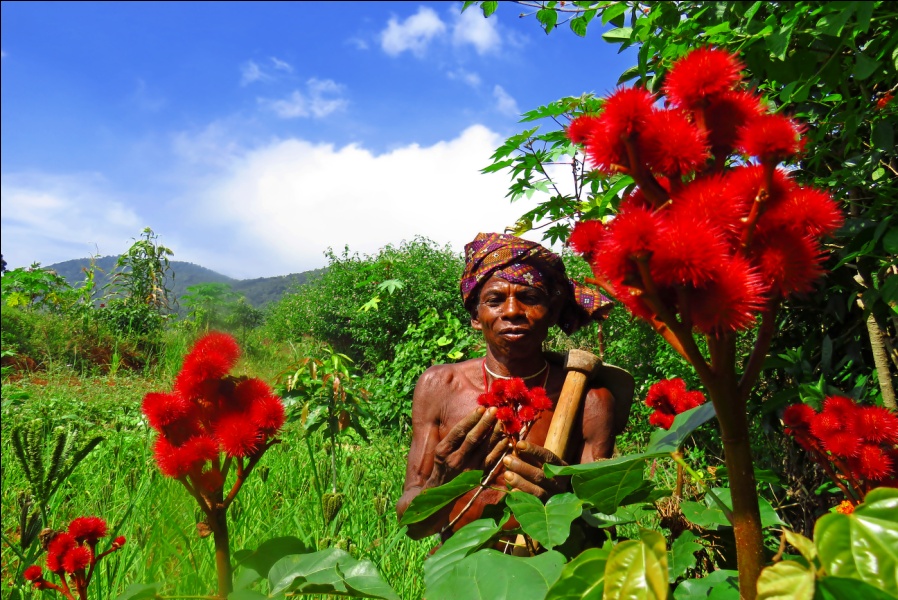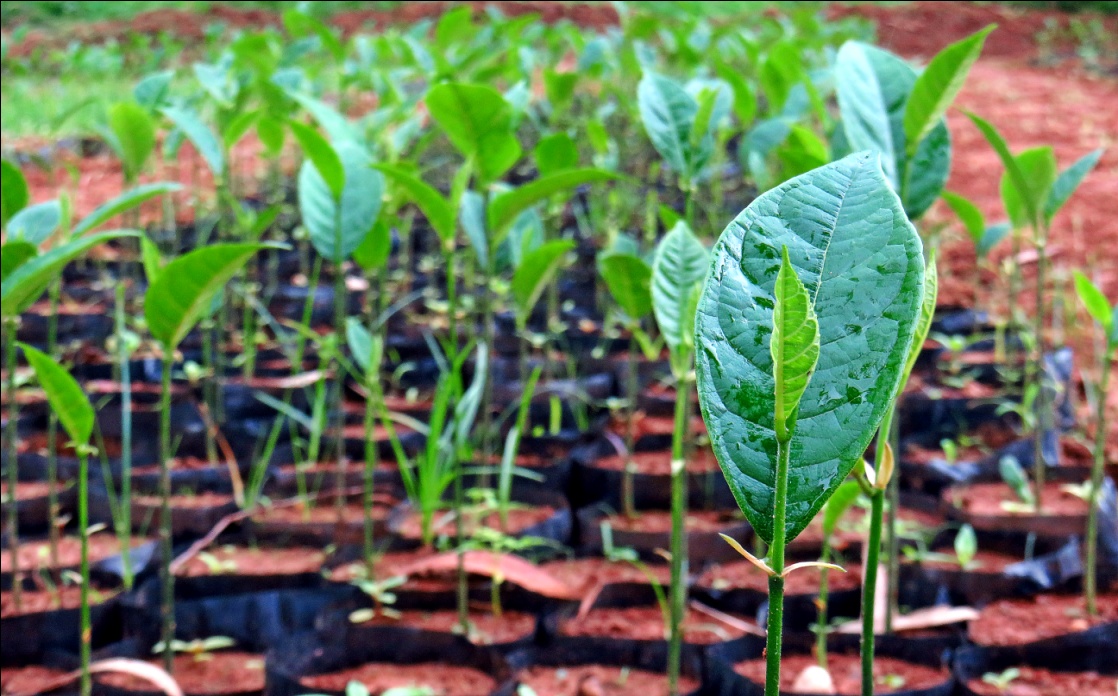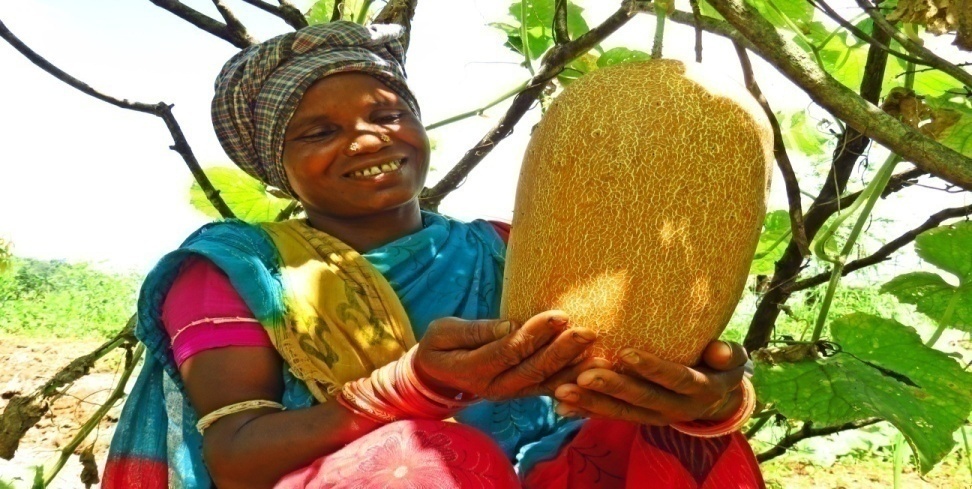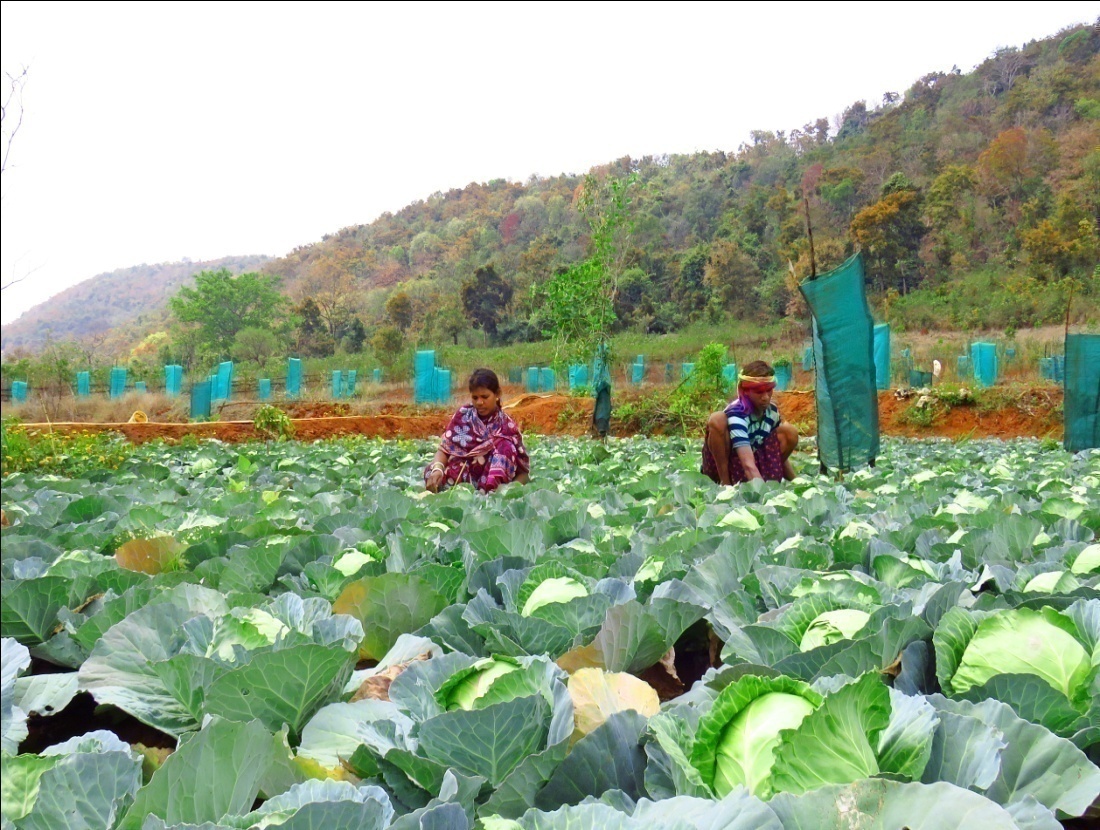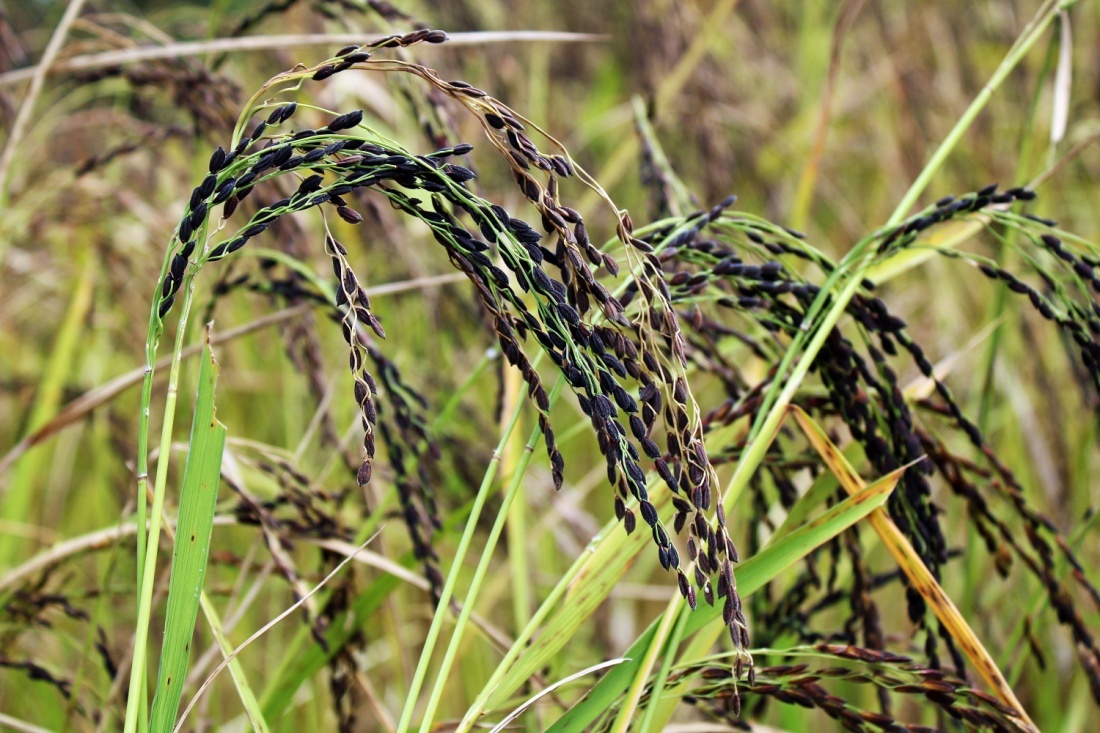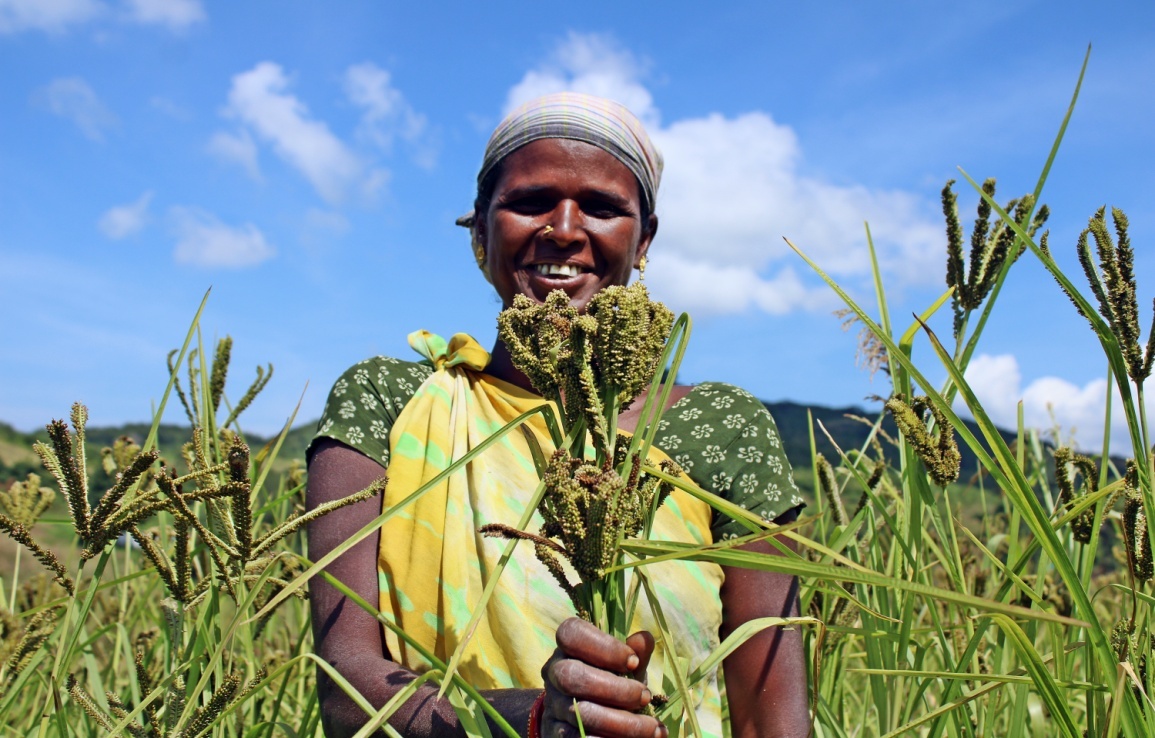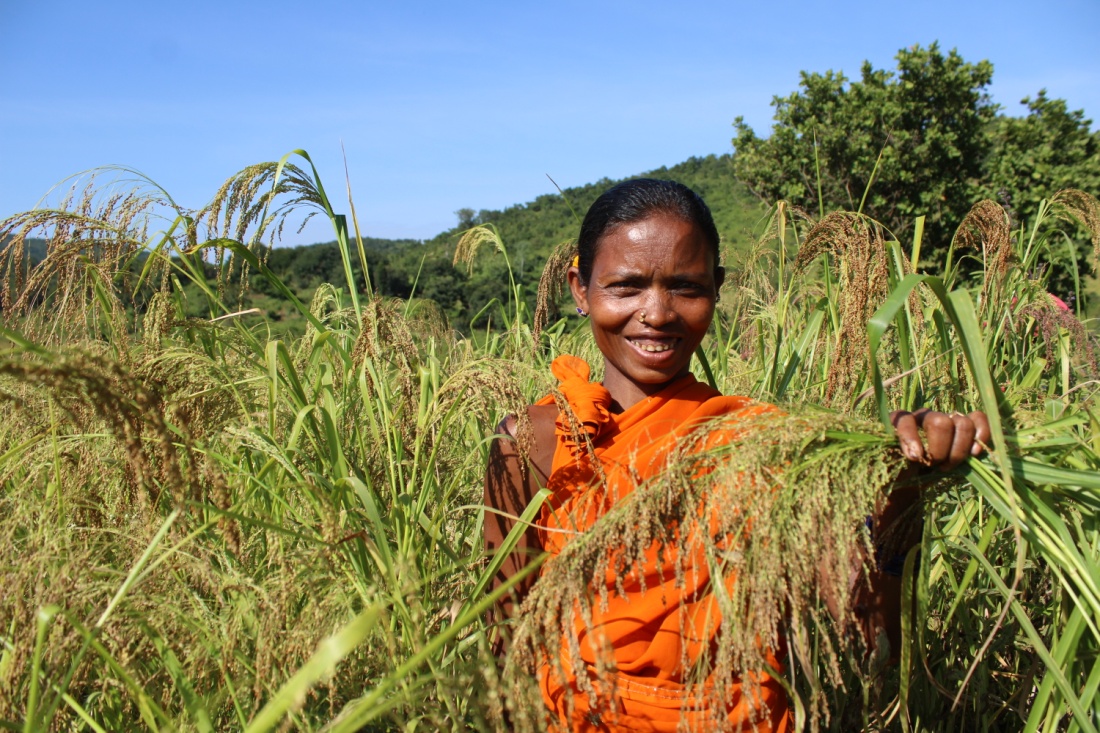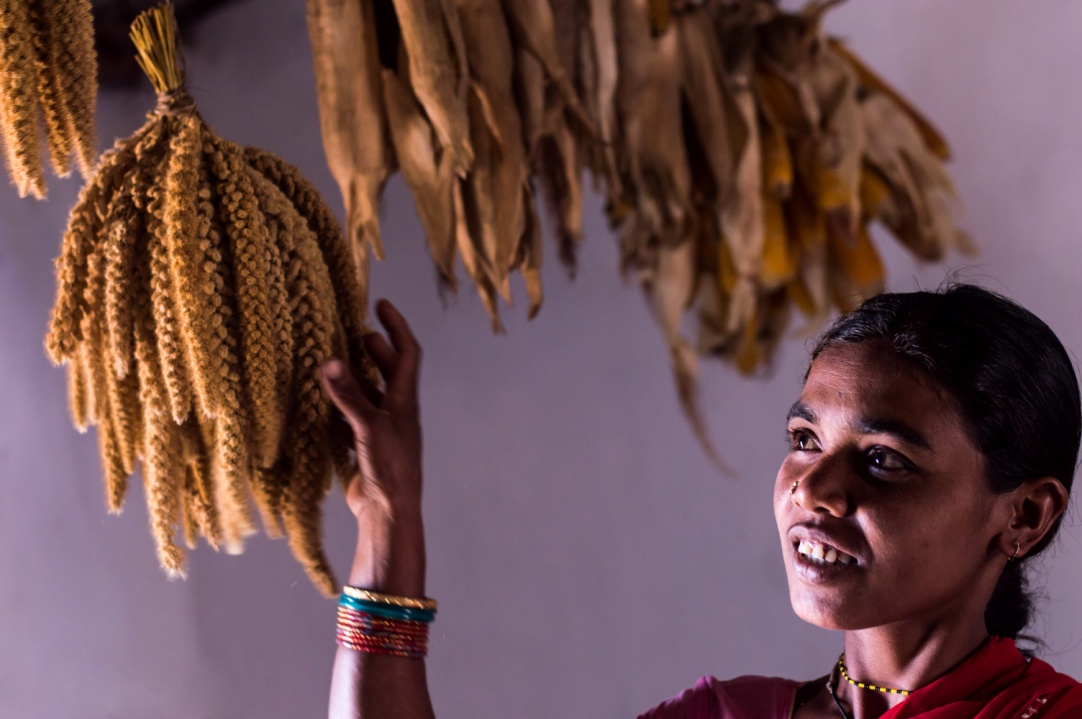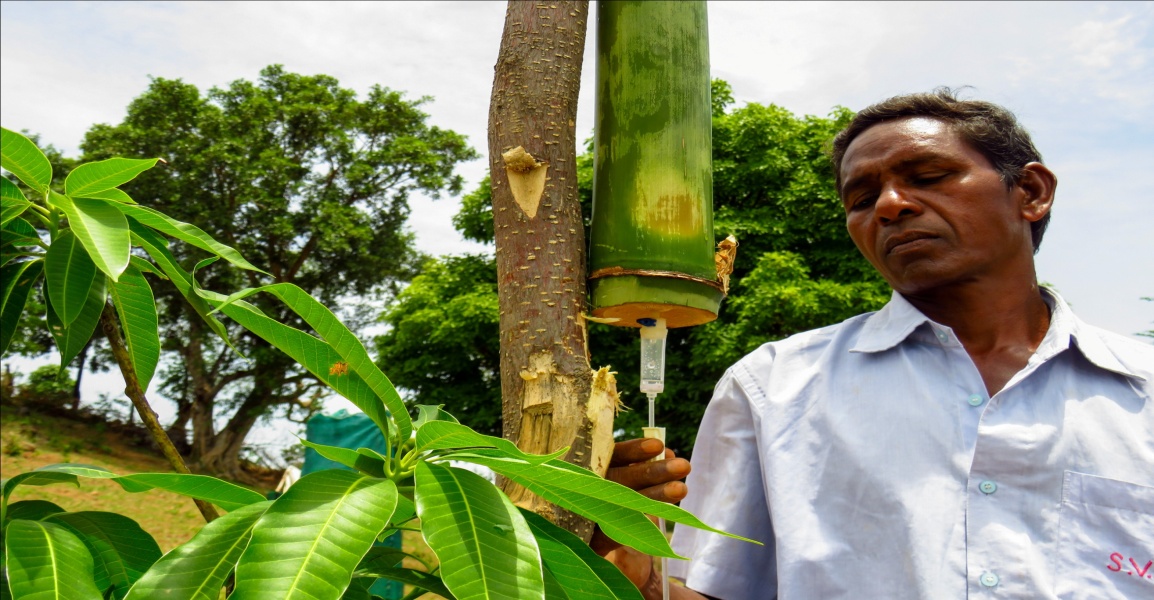Building resilience in tribal communities through Eco-Village development: Lessons from an NGO's experiments in the Eastern Ghat Regions of Odisha
CONCEPT OF ECO-VILLAGE DEVELOPMENT
⮚ Eco-Villages experiment with alternative practices in construction, energy/water use, agro-forestry etc. in indigenous ways suited for local conditions, combining scientific and traditional knowledge, broadening the range of solutions available to specific socio-ecological contexts.
⮚ Eco-Villages are human settlements which fit into their natural environment most efficiently and without doing any harm to it. In order to achieve the goal of ecological sustainability, their inhabitants engage in farming activities without using chemicals; use eco-friendly technologies for constructing houses, managing and treating waste, wastewater and so on, relying on renewable energy resources in the process.
ECO-VILLAGE CONCEPT BEING PROMOTED BY AGRAGAMEE
⮚ Agragamee is a staunch promoter of the "Eco-Village Development" concept that stems from Mahatma Gandhi's idea of Gram Swaraj.
⮚ Eco-Village aims at creating self-reliant, economically developed, harmonious villages to be socially, economically, and ecologically sustainable.
⮚ It employs local participatory procedures to holistically integrate ecological, economic, social, and cultural elements of sustainability to regenerate social and natural ecosystems.
⮚ It has one of the many potential solutions to Climate Change which promotes sustainability and helps to restore the environments in which they exist (reforestation, restoration of habitats, etc).
AN ECO VILLAGE HAS THE FOLLOWING CHARACTERISTICS :
⮚ It would meet the food needs of each member of the community.
⮚ Ensure that there is effective soil conservation and management, so that erosion is checked to the maximum.
⮚ There will also be protection of all open spaces in the village through tree cover.
⮚ It is able to provide a supplementary income to the inhabitants, which will enable a good quality of life.
⮚ The eco-village takes care of the poor, vulnerable and weaker sections within the community.
⮚ Every adult in the village feels she has a say in the decision making processes in the eco-village.
KEY COMPONENTS OF ECO-VILLAGE DEVLOPMENT
⮚ Establishment of one acre Family Farm
⮚ Development of Commons (Community Land)
⮚ Irrigation Development (Farm Pond/Well/Lift Irrigation)
⮚ Seed-Cum-Grain Bank
⮚ Mini Processing Centre of Millets/Paddy/Pulses/Spices
⮚ Production of Organic Manures, Pesticides and other Inputs
⮚ Usage of Smokeless Chullah and Solar Lantern
⮚ IGP for Women Headed Households (Goatery/Fishery/Poultry/ Mushroom etc.)
⮚ Formation & Strengthening of Women Groups
⮚ Training and Capacity Building of Community Farmers/Leaders/ Mobilizers
⮚ Establishment of Farmers Field School/Ecological Learning Centre
⮚ Formation and Strengthening of Farmers Producer Company
CEEW Agragamee case study 21 Jul 2024
THE ARTICLE ON ECO VILLAGES PUBLISHED IN THE SWC JOURNAL
ABOUT MODEL FAMILY FARM
⮚ The model family farms concept seeks to enable each family have access to some land, which will provide them a significant portion of their livelihood needs.
⮚ Family Farm is part of the entire Eco-Village system, that integrated with other land use systems, such as mixed plantations for livelihoods, permanent income generating tree crops; and low-land irrigated agricultural systems.
⮚ To begin with we encourage practitioners to target to establish one acre of family farm to each family.
⮚ Success of this farm needs dialogue and understanding, and persistence over a minimum period of 4 to 5 years, to enable results to start emerging.
TARGET AREAS OF ECO_VILLAGE DEVLOPMENT OF AGRAGAMEE
⮚ The Eco-Village Development project is situated in Kashipur, Th. Rampur and Tentulikhunti Blocks of Rayagada, Kalahandi and Nabarangpur Districts of Odisha respectively. Altogether, 2850 HHs, 50 Villages in 9 G.P.s are included in the project.
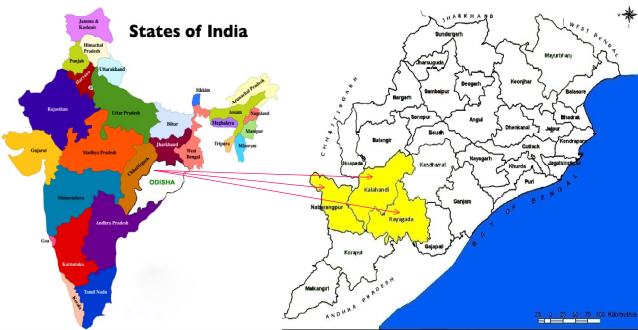
Check this link for More Photographs
Key Achievements of Eco-Village Development:
⮚ 1300 acres of WASTE LAND converted into FAMILY FARM based on Agro-Forest system with increased agriculture-horticulture production by 65% in 50 villages.
⮚ 1250 tribal families have increased their income by 52% and their savings have augmented from INR 1500/- to INR 78,250/-.
⮚ 465 acres of land irrigated through 33 Farm Ponds, 143 Water Storage Tanks, 19 Intake Wells and 36 Lift Irrigation Systems.
⮚ Seasonal migration has reduced from 28% to 2% due to establishment of Family Farm and GO-NGO convergence activities in 50 villages.
⮚ Malnutrition of children under age 5 has been reduced from 25% to 7% (67 children) in 10 villages.
⮚ Till date total INR 54 million revenue have been generated through 1240 tonnes of Mangoes, 136 tonnes of Cashew and 585 tonnes of Millets from FAMILY FARMs and VILLAGE COMMONS since 2017.
Preserving the Eastern Ghats: Steps to be taken
⮚ Promotion of sustainable use of forest resources should be done in order to counter overexploitation.
⮚ Government should incentivize settled agriculture in order to counter the impact of shifting agriculture because the practice of shifting agriculture will directly contribute to deforestation.
⮚ Improving tree cover nationally can confer multiple benefits, including modulation of the monsoon, improved air quality and wider spaces for biodiversity to persist.
⮚ Government should finance the usage of indigenous plants and trees with scientific land use plan for restoring and strengthening the peripheral areas of the forest of Eastern Ghats with Climate Fund available.
Deliverables of Eco-Village Development Project
⮚ Restoration of degraded land, improvement in soil health and soil moisture.
⮚ Generation, adoption and dissemination of new climate smart technologies based on locally available materials and resources.
⮚ Promotion of organic/ natural farming as component of climate smart agriculture.
⮚ Blending of Indigenous Technical Knowledge (ITK) with frontier technologies for enhancement of production, income and sustainability.
⮚ Improving productivity, quality of product, income and employment generation and reducing cost of production and drudgery;
⮚ Increasing skill and knowledge base, and attitude of Tribal farmers on organic farming, climate smart agriculture, micro-enterprise, bio-diversity conservation for a sustainable livelihood with substantial improvement in their physical, natural, financial, social and human capital.
Eco-Village Development Programme for Socio-Economic and Environmental Sustainability: Enabling Achievement of SDGs

Development of Commons
The common land belongs to community only. The Mahila Mandal is conducted the development activities of Commons and the earning of the produce is taken by the particular Mahila Mandal. It has been improved the eco-system of the locality by rejuvenating the denuded land.
13000 Cashew Plantation in 200 acres in 15 Villages of Kashipur & Th. Rampur Blocks
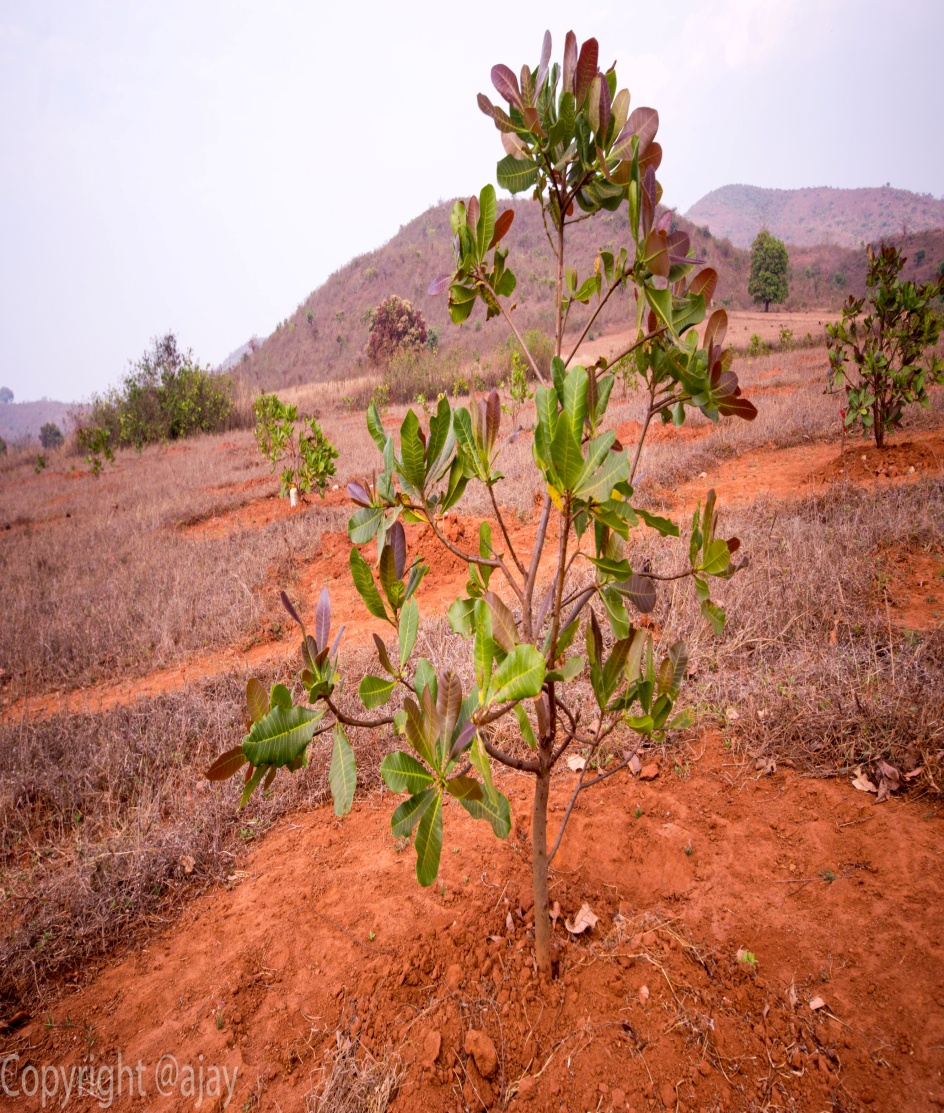
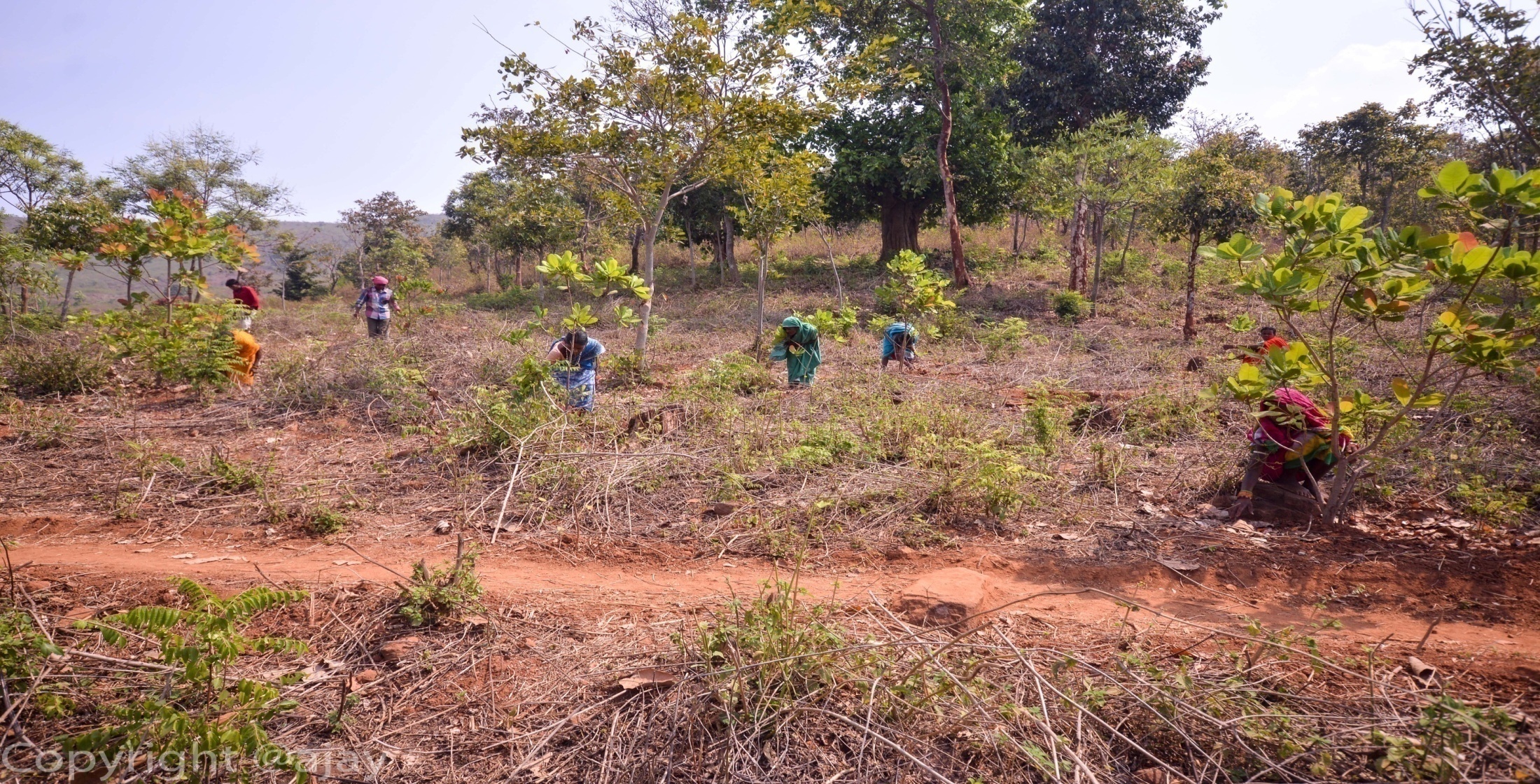
1300 acres of WASTE LAND converted into FAMILY FARM based on Agro-Forest system with increased agriculture-horticulture production by 65% in 50 villages.
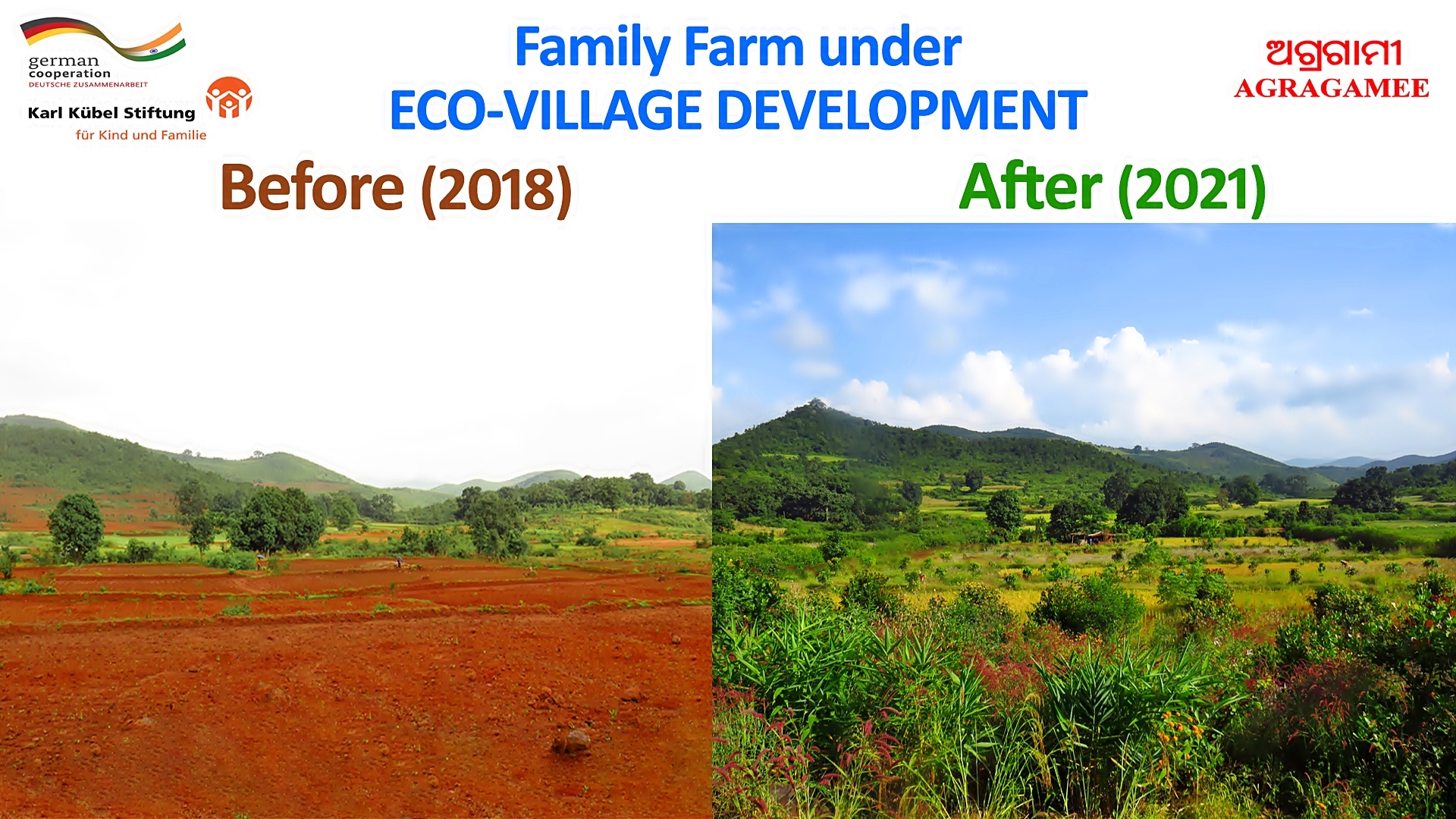
Check this link for More Photographs
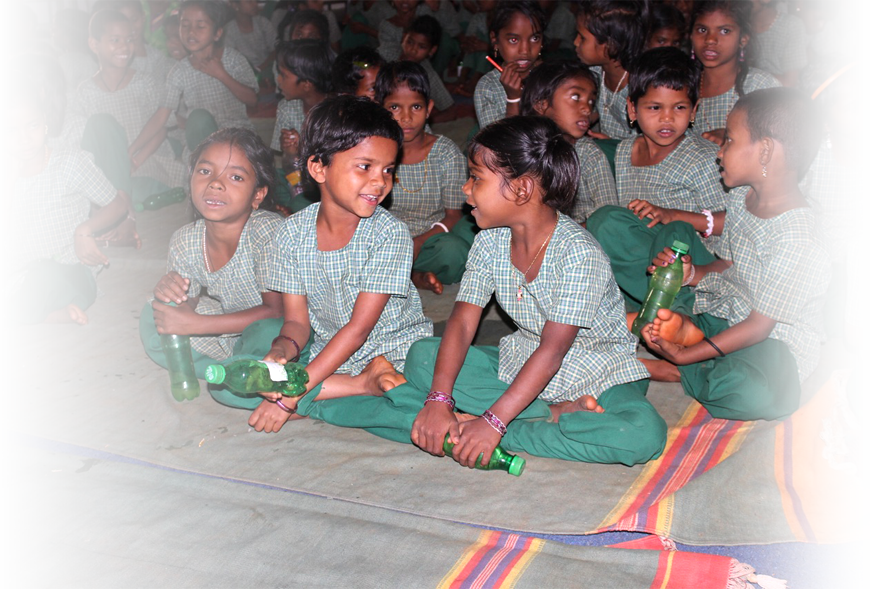
You can make a difference
To help a poor family lead a life of dignity and self-reliance.
Donate Now


